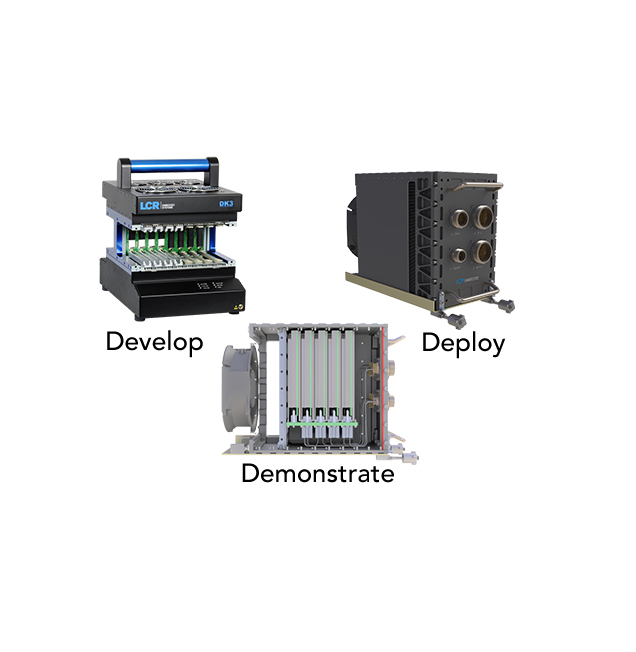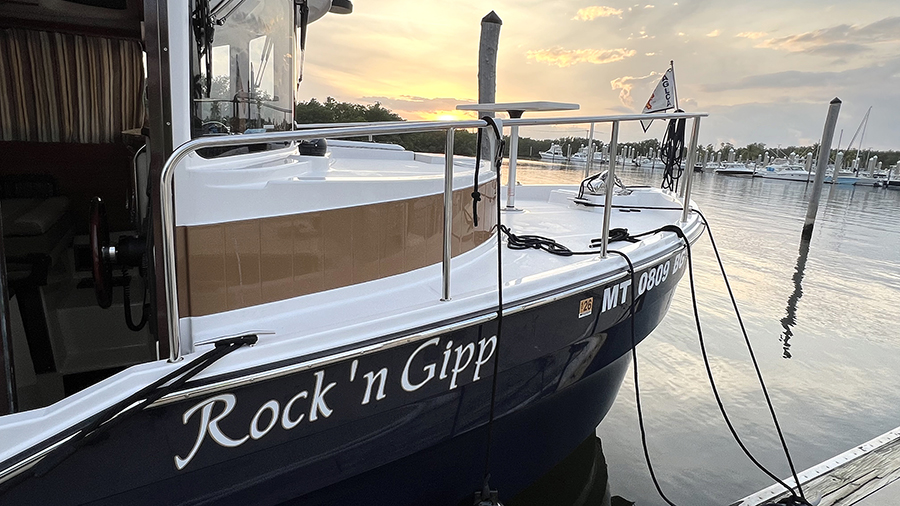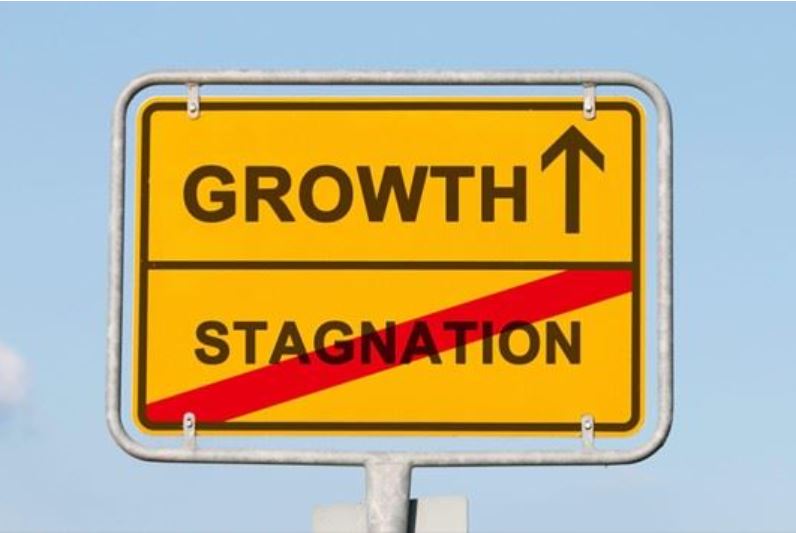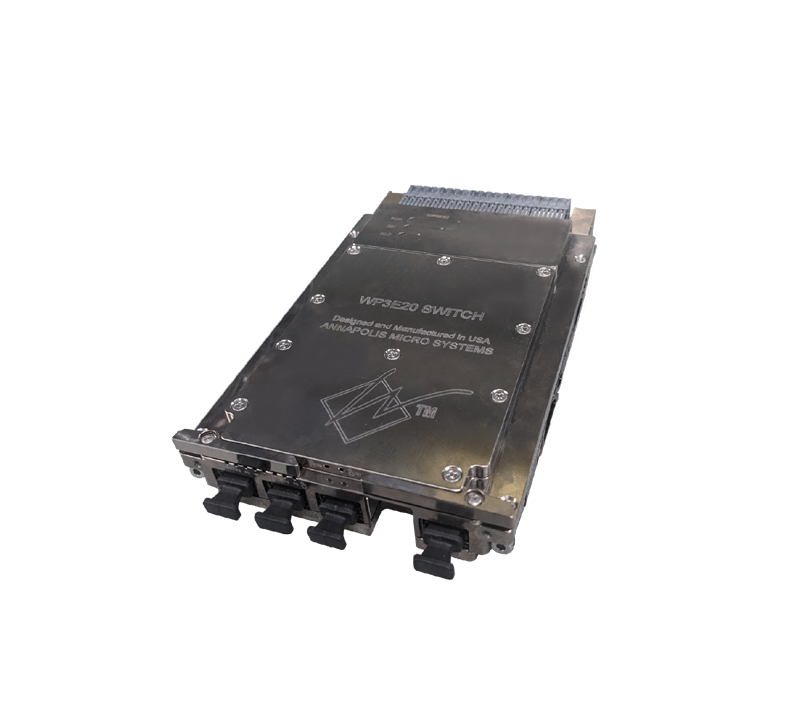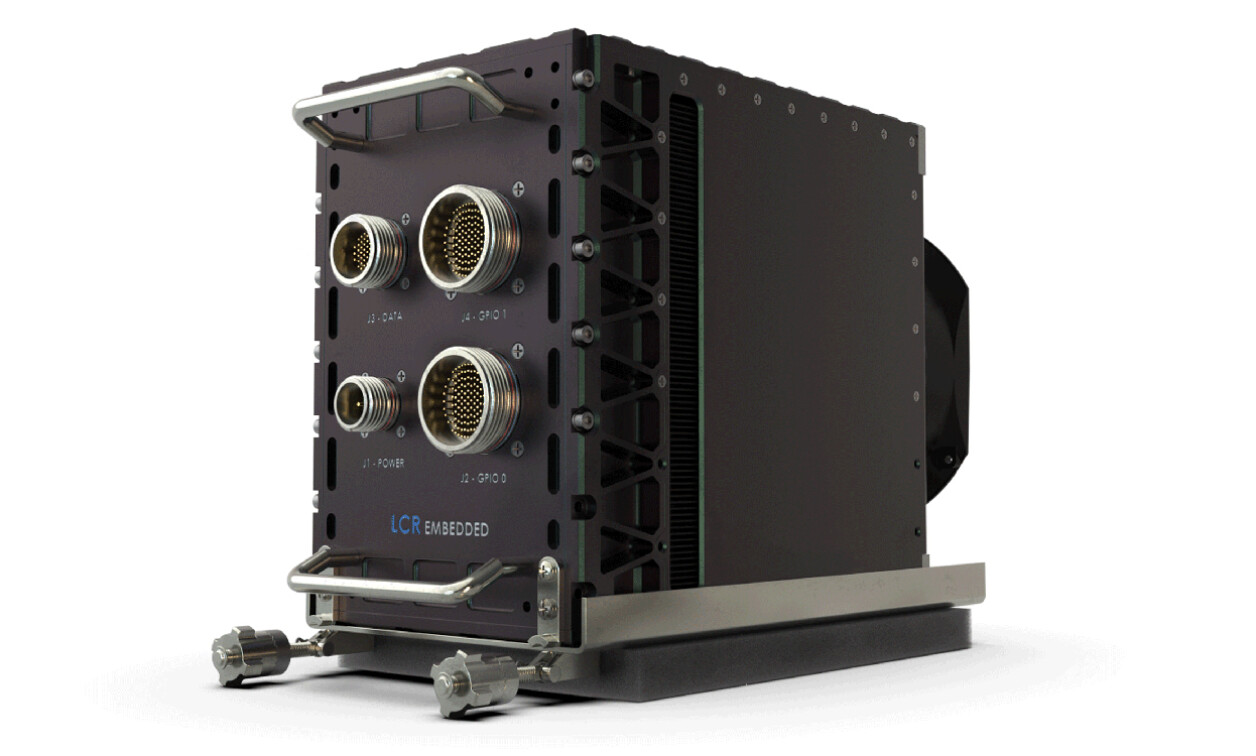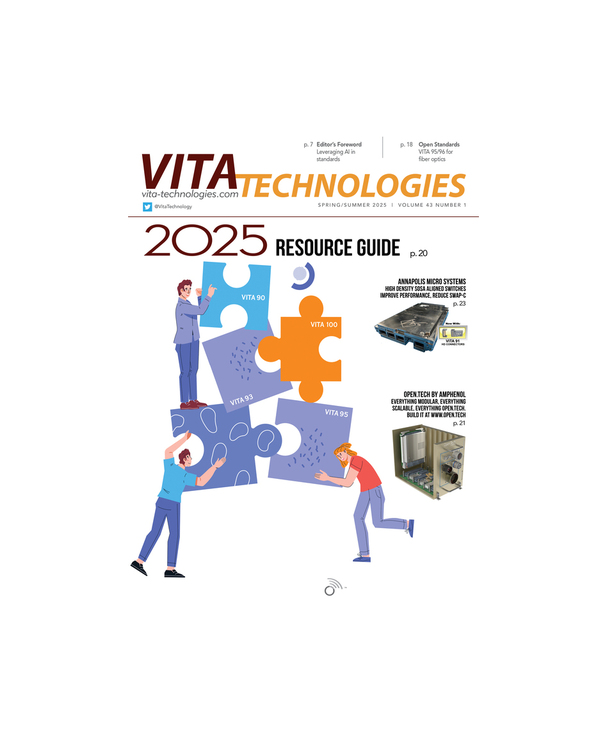Recognizing this development, the National Governors Association (NGA) last week launched a task force comprised of government, business, and education leaders seeking to reinforce the United States as a competitor in the global economy by bolstering the nation’s ability to innovate.
Led by NGA Chair Arizona Gov. Janet Napolitano and NGA Vice Chair Minnesota Gov. Tim Pawlenty, the 17-member Innovation America task force includes Intel chairman of the board Dr. Craig R. Barrett, Rensselaer Polytechnic Institute president Dr. Shirley Ann Jackson, Georgia Institute of Technology president Dr. G. Wayne Clough, and Microsoft COO Kevin Turner, to name a few. During a two-day meeting in Phoenix, task force members hammered out strategies addressing three critical issues outlined in the Innovation America agenda, including:
- Schools – emphasizing Science, Technology, Engineering, and Mathematics (STEM) education in K-12 education
- Colleges and universities – aligning postsecondary systems with the needs of states’ high-growth industries
- Business community – collaborating to ensure state policies reinforce private sector innovation
Members of the media were kindly kicked out of the meeting right after Napolitano and other task force members gave their two cents on the purpose of the initiative and challenges to overcome, so I didn’t get to learn how they plan to accomplish these goals. The 40 minutes or so of overview, however, was enough to figure out the root issue this initiative aims to address and its relevance to the embedded computing community as a whole.
In describing why she chose the topic of innovation for her initiative as NGA chair, Napolitano asserted the United States is right at the tipping point in terms of maintaining a competitive edge in a rapidly changing world economy.
“If we don’t take this up on the national agenda, almost in the mode of Sputnik many decades ago, this has to be a top priority,” she said. If not, “the next generation of Americans will suffer for it.”
Along similar lines, Pawlenty emphasized the dynamics of a hypercompetitive global marketplace, including size and cost, and how the United States compares to other countries in these areas. Since size isn’t the difference maker (China’s 1.3 billion population has more people under the age of 18 than in the entire United States, according to Pawlenty), and cost doesn’t guarantee the upper hand (the United States can’t compete with labor-intensive countries without compromising the quality of life Americans hold so dear), what else can tip the scales?
“If we’re not going to be the biggest, and we’re not going to be the cheapest, we’ll have to be the smartest,” Pawlenty said.
From what I can tell, engineers rank right up there in the smarts department, so you all can probably identify the bottom line here. Whether or not you care about what cause a bunch of governors want to rally around or how educators structure their lesson plans, the concept of vying for a competitive advantage should resonate with those who work in a novelty-driven merger-filled industry where companies live and die by (product) differentiation. And maintaining a robust economy is a topic that concerns everyone.
Considering the point Jackson of Rensselaer Polytechnic Institute made during the meeting about the impending retirement of the generation who entered the workforce during the 1950s and ’60s plus the relative lack of interest in science and math among students today, the United States must stimulate innovation now or be left behind. That requires a better trained, more highly skilled workforce, which in turn requires the appropriate educational programs.
Where, then, do engineers enter the picture, aside from continuing to create technologically advanced products, participating in research, and perhaps teaching and/or taking postsecondary classes?
For one, watch what ideas this Innovation America task force comes up with as they present their agenda to the entire NGA this February in Washington D.C. and determine if there are any opportunities you can get involved in. And, though this should go without saying, keep reading our recently renamed magazine, VME and Critical Systems, and our other publications to stay informed about the latest COTS technologies, new VITA standards, and other industry developments.
If innovation is the key to competitive viability in the global marketplace, innovators must bulk up on news and insight applicable to their specific field. In other words, no information, no brains, no gain.



